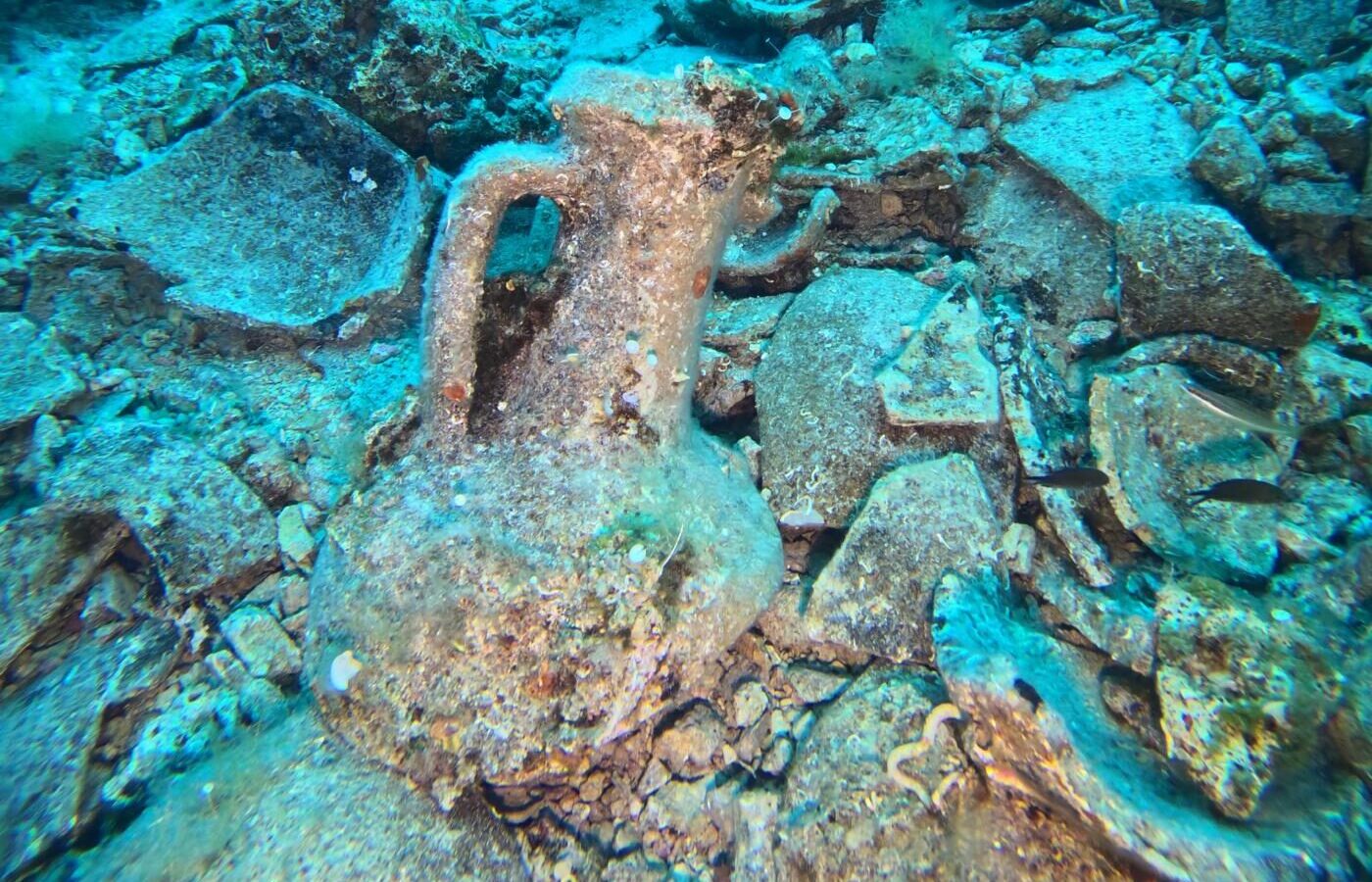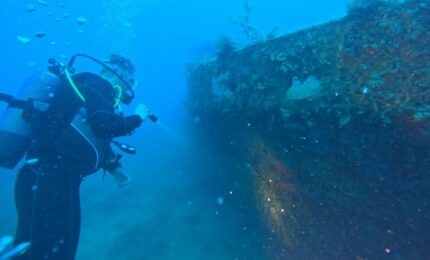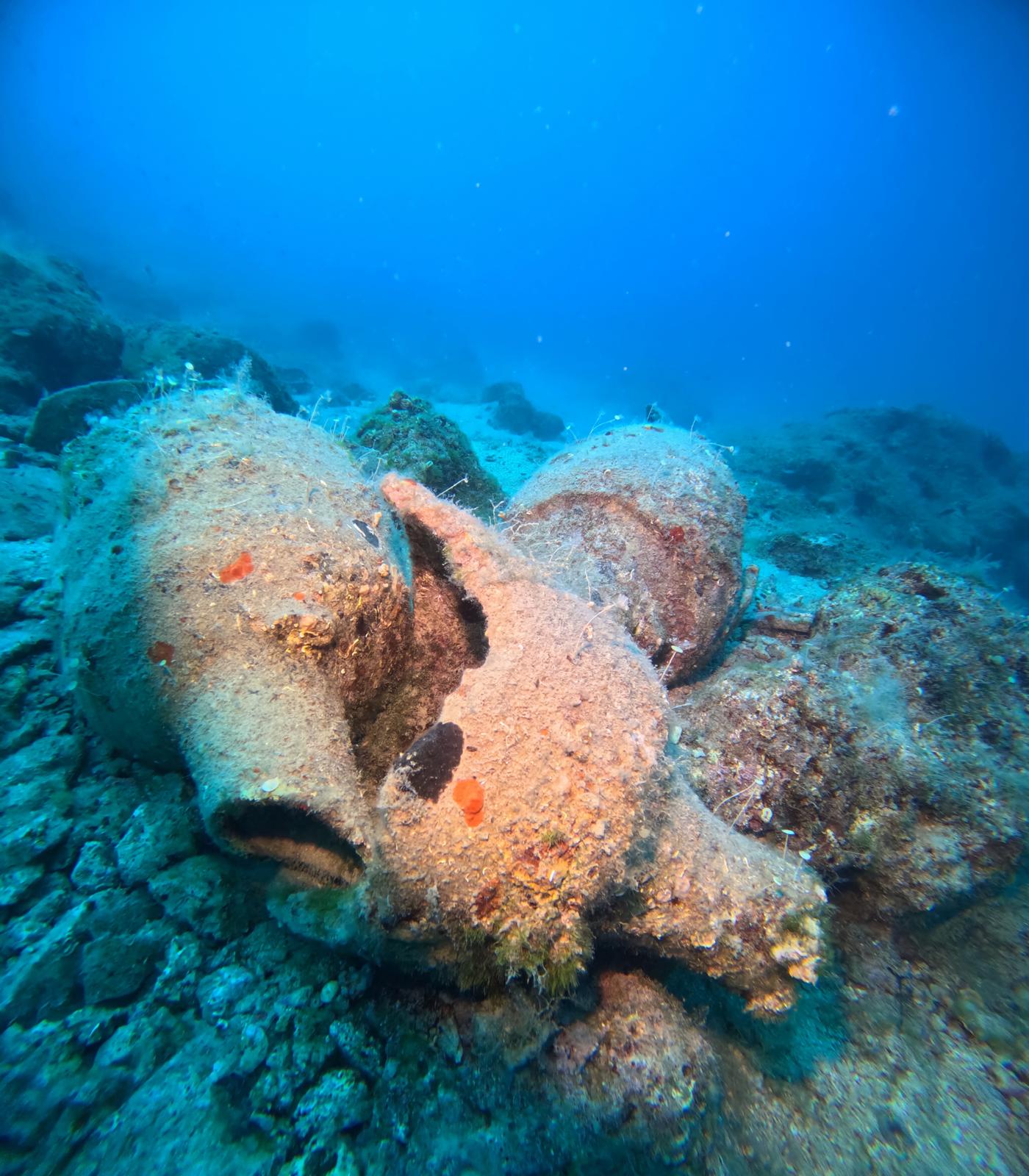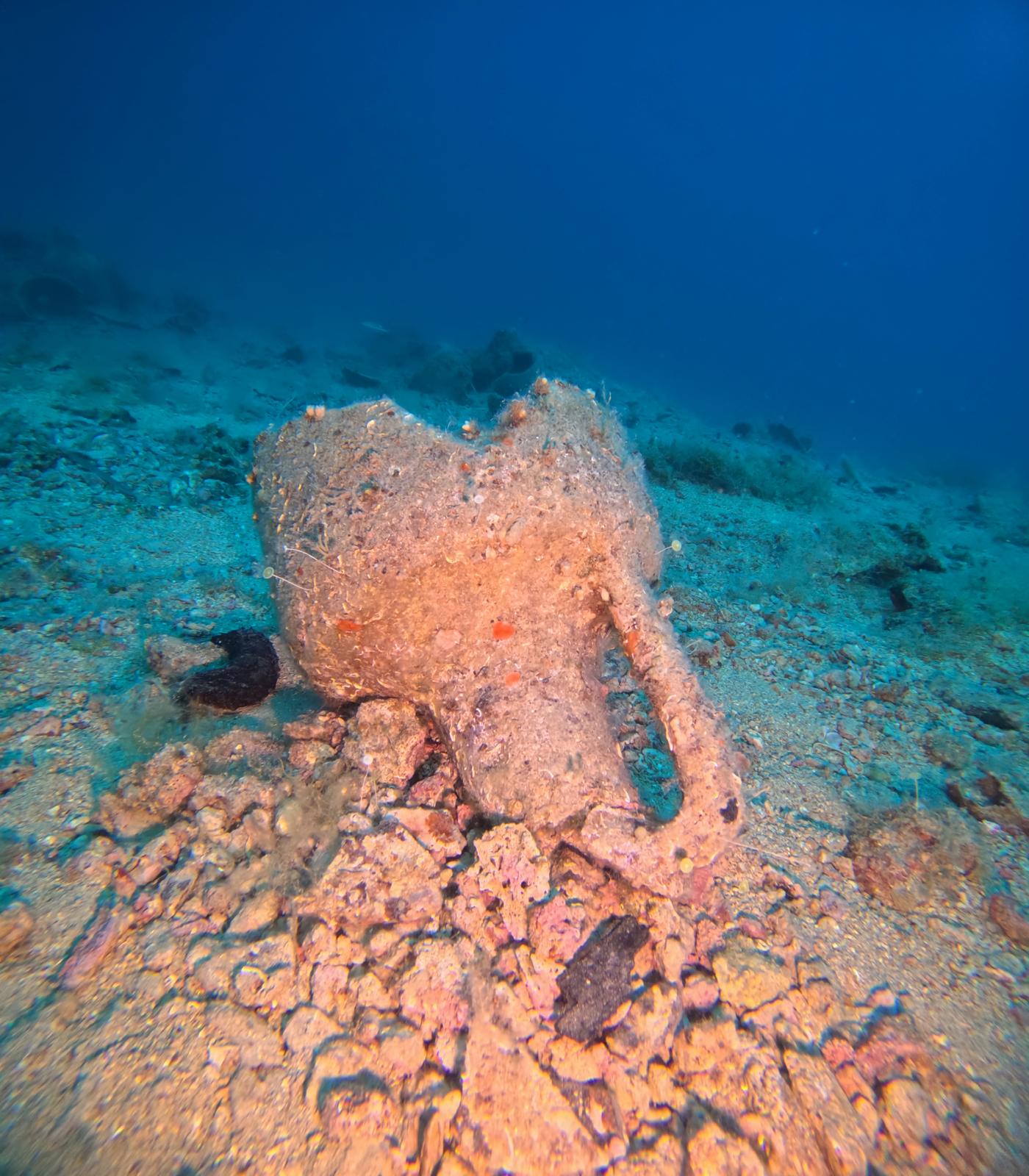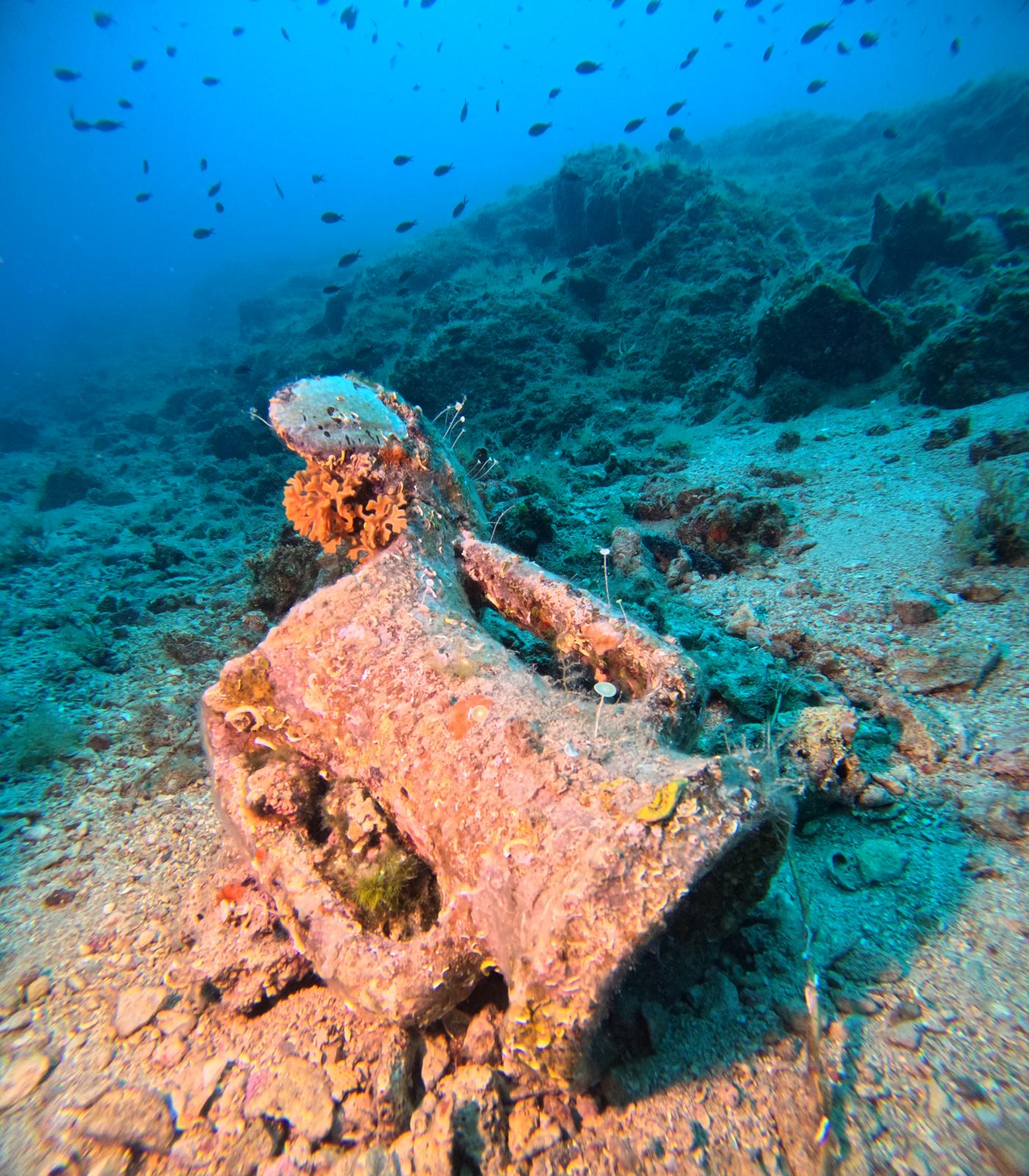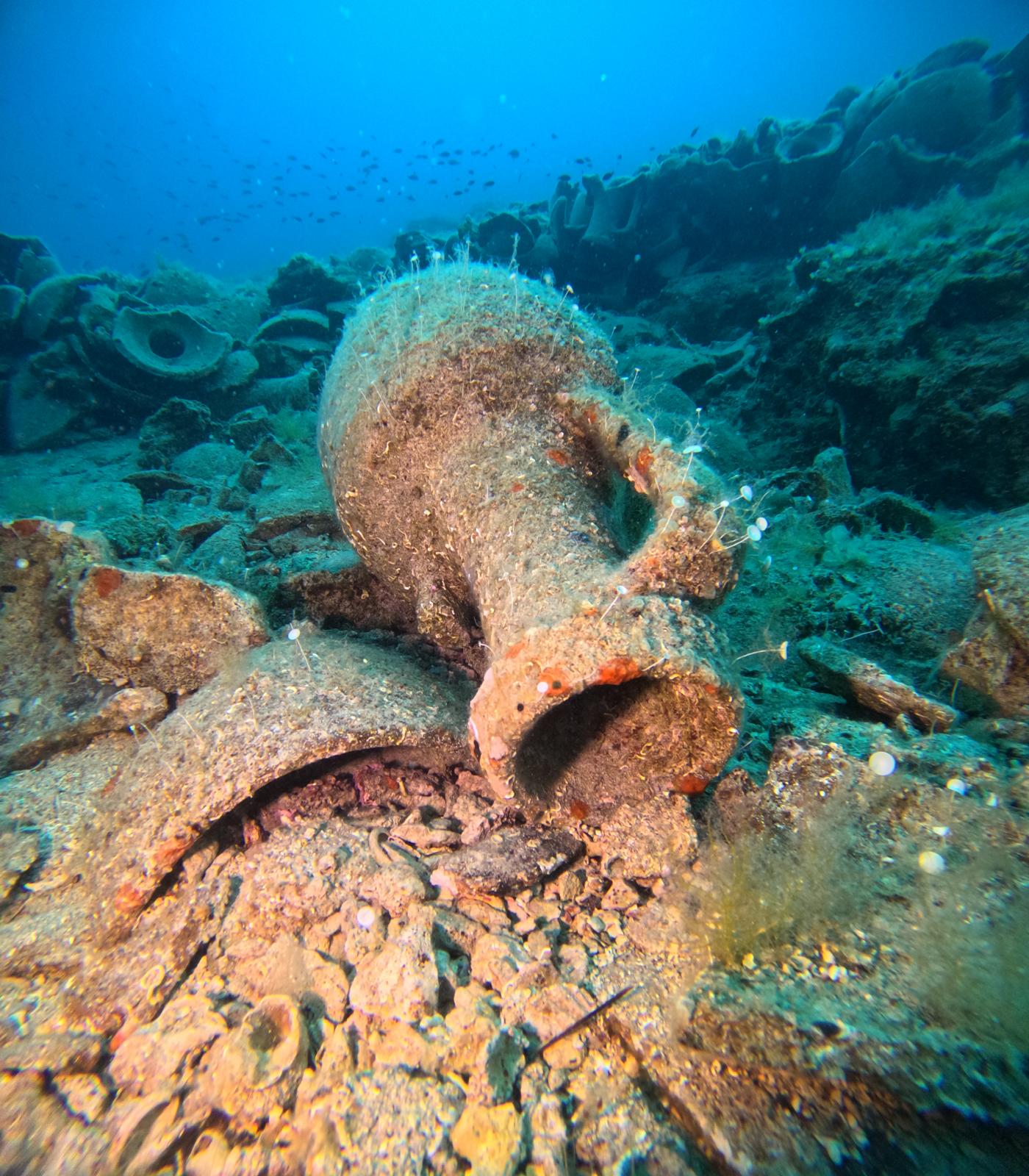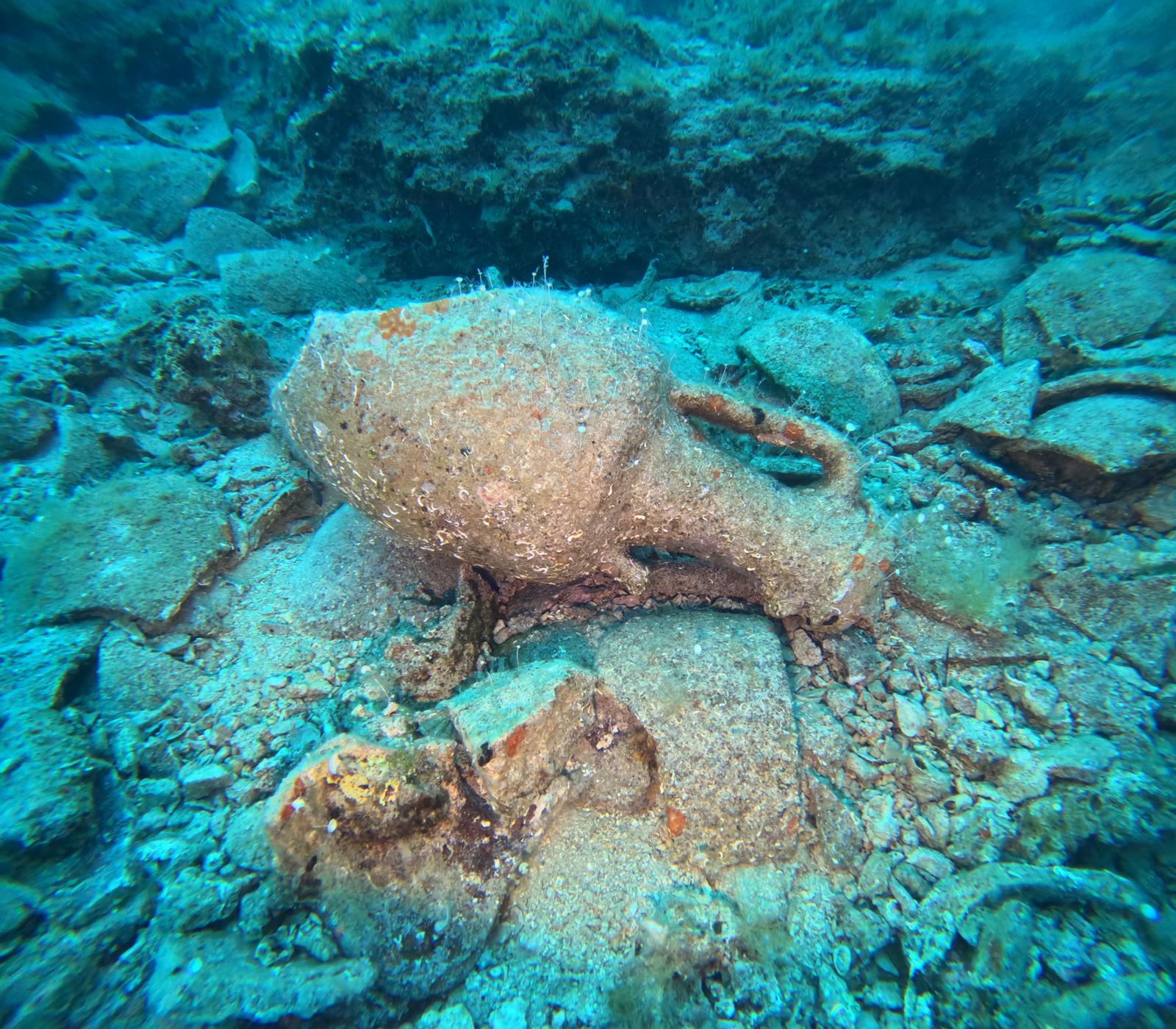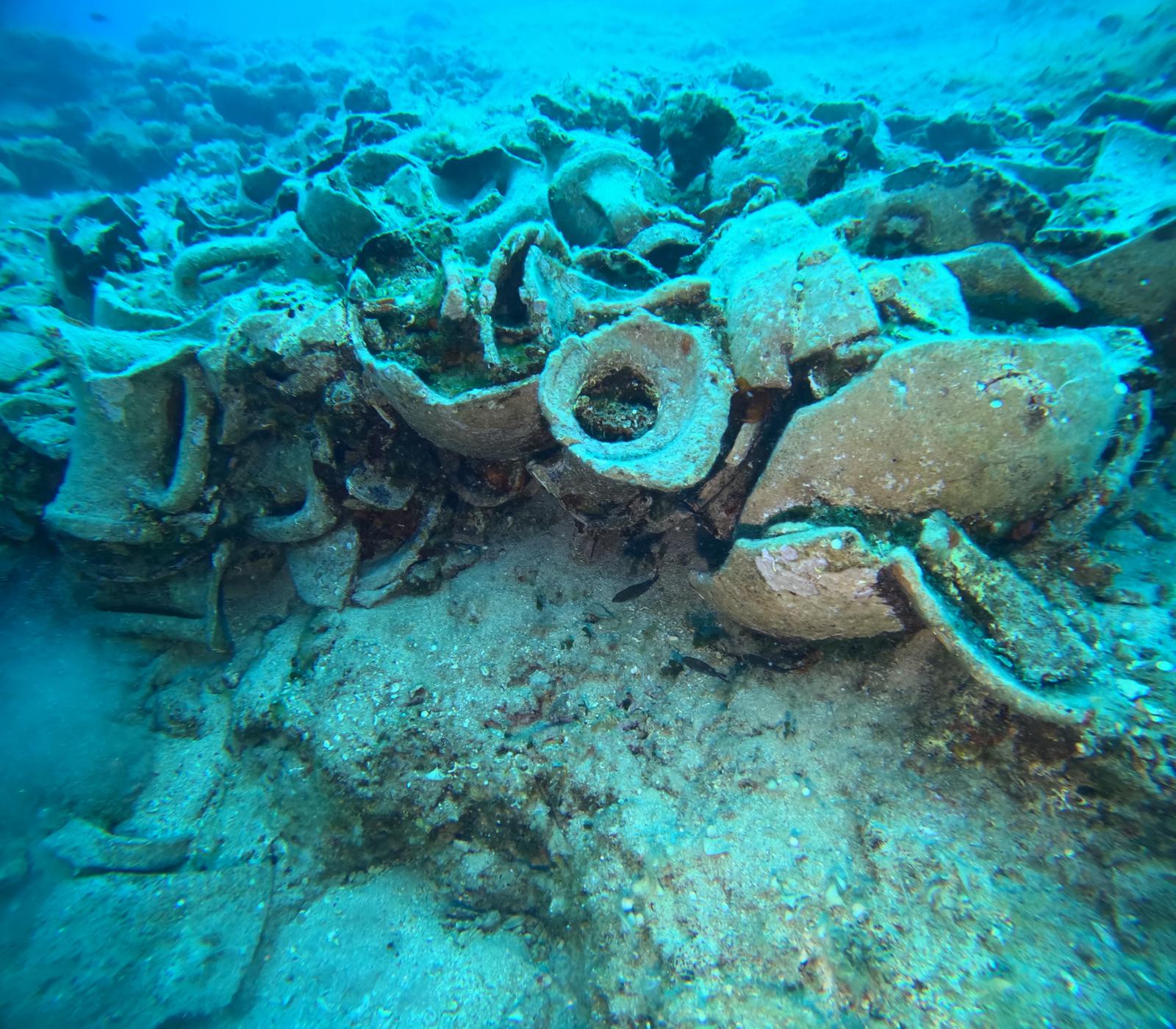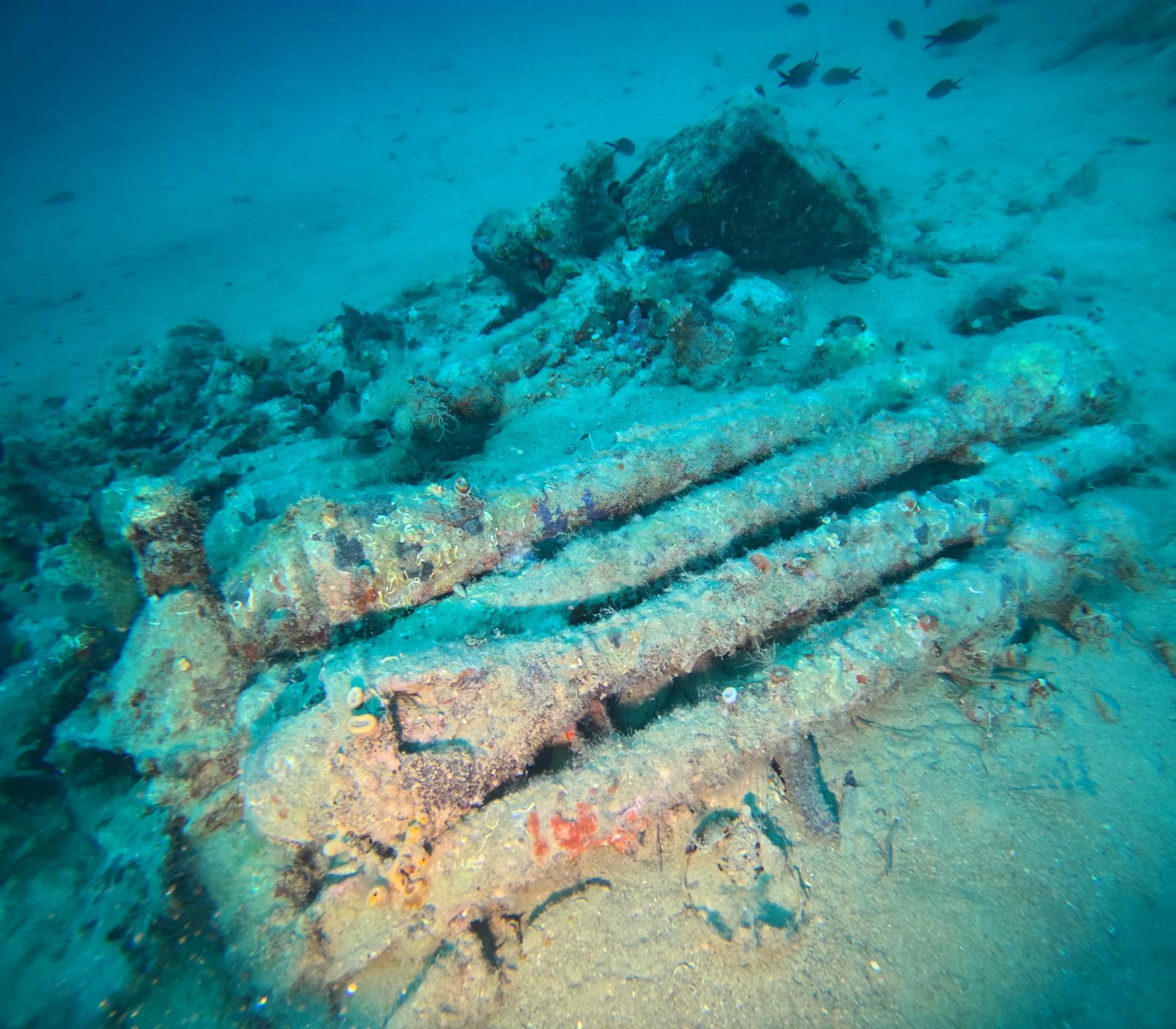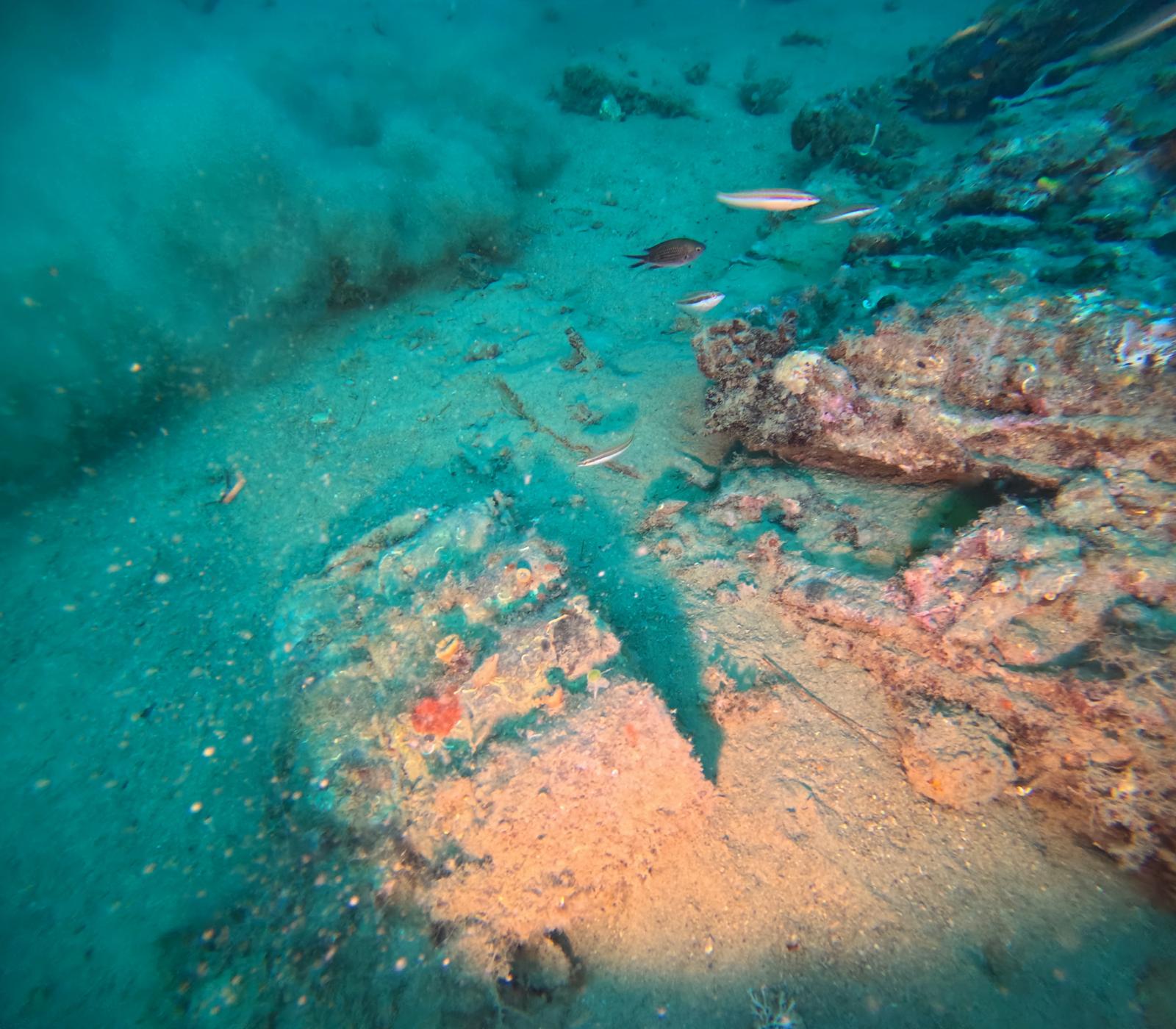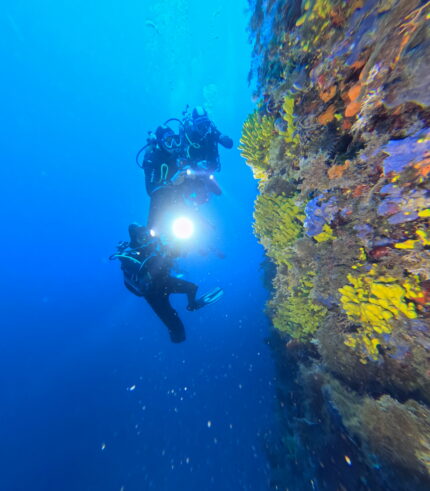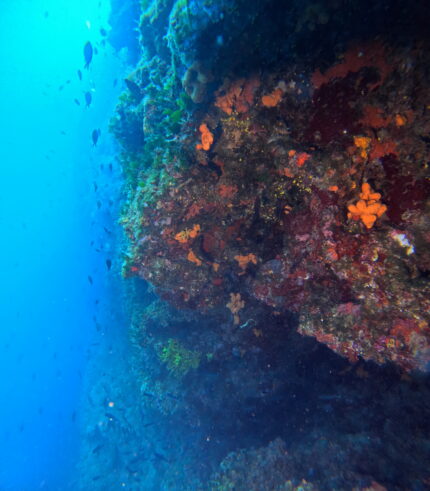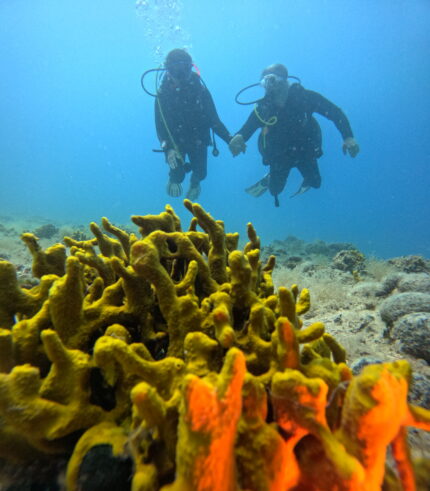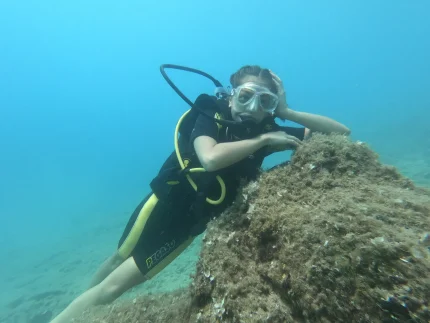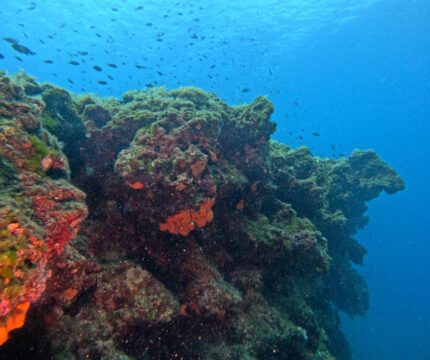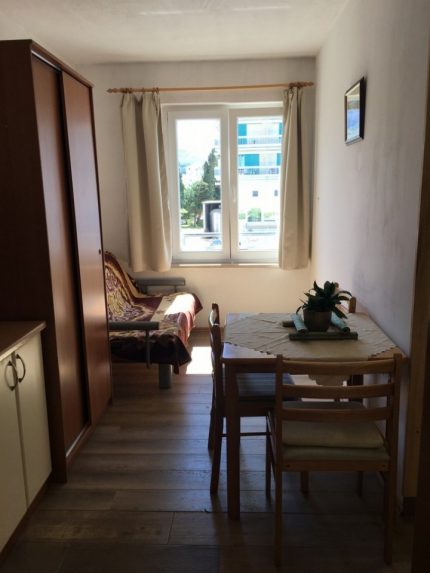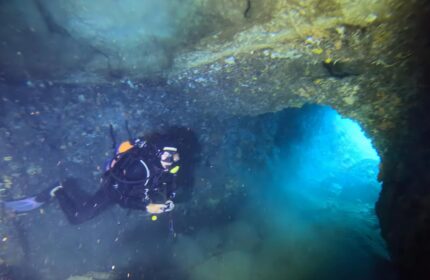Amfore wreck – island HVAR
160.00 €
Historical site from the 3rd century BC
Greco-Illyrian conflicts and trade of Hvar and Vis with Makarska and the coast.
The ship sank off the coast of Hvar at a depth of 15 – 25m. The site has been well preserved and not devastated in the last 30 years!
A clean and wild part of Hvar is a delight for divers who like to photograph antiquities!
An amphora is an ancient ceramic pot with a long, narrow neck, two handles, and, most often, a pointed bottom. It was used to transport and store wine, oil, honey, salted fish, dates, grains, etc. Its specific shape was created by adapting to the needs of ship transport. They appeared in Greece, were taken over by the Romans, and were produced until the 11th century in the Byzantine area. The shape of amphorae (roundness, length of the neck, appearance of the handle) depends on the place of production, so there are Greek (which are the only ones decorated and sometimes have a widened bottom on which they can stand on their own), North African, Spanish, Istrian, Italian, and Roman.
Povijesna lokacija iz 3 st p.n.e.
Grčko ilirski sukobi i trgovina Hvara i Visa sa Makarskom i obalom.
Brod je potonuo uz obalu Hvara na dubinu 15 – 25m. Lokalitet u posljednjih 30 godina dosta očuvan i ne devastiran !
Čist i divlji dio Hvara je užitak za ronioce koji vole fotografirati starine!
Grci su osnovali kolonije na jadranskoj obali (Hvar), što je dovelo do trgovine i razmjene dobara i ideja između dva naroda.
The Greeks founded colonies on the Adriatic coast (Hvar), which led to trade and the exchange of goods and ideas between the two peoples.
Amfora je antička keramička trbušasta posuda dugačkog i uskog vrata s dva drška i, najčešće, špicastim dnom. Rabila se za prijevoz i čuvanje vina, ulja, meda, usoljene ribe, datula, žitarica i dr. Specifični oblik nastao je prilagodbom potrebama brodskog prijevoza. Javljaju se u Grčkoj, preuzimaju ih Rimljani, a proizvode se sve do 11. st. na području Bizanta. Oblik amfora (zaobljenost, duljina vrata, izgled držača) ovisi o mjestu proizvodnje pa se razlikuju grčke (koje su i jedine ukrašavanje i ponekad imaju prošireno dno na kojem mogu samostalno stajati), sjevernoafričke, španjolske, istarske, italske, rimske.

